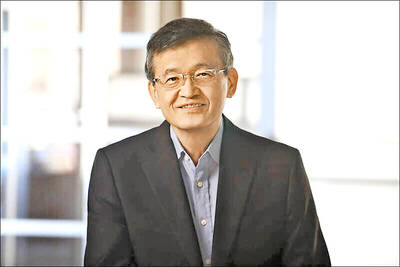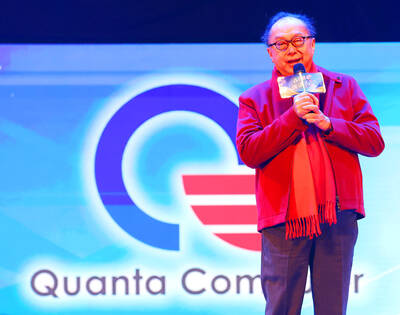Nokia Oyj plans to cut as many as 10,000 jobs and close facilities as chief executive officer Stephen Elop struggles to halt mounting losses and reverse plunging smartphone sales.
As part of the overhaul, sites in Finland, Germany and Canada will be closed and executives including Niklas Savander, Mary McDowell and Jerri DeVard will leave, Espoo, Finland-based Nokia said in a statement yesterday. The job cuts amount to almost a fifth of the total excluding a joint venture with Siemens AG.
Elop, who took over as CEO in 2010, is reorganizing Nokia after market-share gains by Apple Inc’s iPhone and Samsung Electronics Co devices led to a slump in sales and four straight quarterly losses. Nokia’s handset shipments declined 24 percent in the first quarter, allowing Samsung to overtake the company as the world’s biggest mobile-phone maker.
“We must re-shape our operating model and ensure that we create a structure that can support our competitive ambitions,” Elop said in the statement.
Nokia said it now predicts second-quarter operating margins at the devices unit to be worse than a loss of 3 percent of revenue in the first quarter. Nokia had projected margins to be “similar to or below” the first-quarter level.
Nokia fell 1.8 percent to 2.22 euros in Helsinki on Wednesday, bringing its decline in the past 12 months to 49 percent.
Elop had already announced more than 10,000 job cuts across all areas of the company. He said in April that Nokia would speed up its cost-cutting program and take further actions if needed.
Nokia has lost more than 70 billion euros (US$88 billion) in market value since Apple introduced the iPhone in 2007, taking the lead in smartphone innovation. To challenge Apple and handset makers using Google Inc’s Android software, Elop adopted Microsoft’s Windows Phone, abandoning Nokia’s homegrown Symbian operating system.
Nokia shipped more than 2 million Lumia smartphones running Windows Phone during the first quarter, while Apple sold 35.1 million iPhones. Nokia’s operating margin for mobile phones plunged to 3.7 percent last year from more than 20 percent before Apple introduced the iPhone in 2007.
The company has consolidated development sites, closed a factory in Romania, and said it would convert plants in Finland, Hungary and Mexico from assembly to software customization. Units working on its older Symbian smartphone system were transferred to Accenture PLC, which subsequently cut jobs in those functions.
Nokia had 53,553 workers at the end of March, excluding the network-gear joint venture with Siemens.

Intel Corp chief executive officer Lip-Bu Tan (陳立武) is expected to meet with Taiwanese suppliers next month in conjunction with the opening of the Computex Taipei trade show, supply chain sources said on Monday. The visit, the first for Tan to Taiwan since assuming his new post last month, would be aimed at enhancing Intel’s ties with suppliers in Taiwan as he attempts to help turn around the struggling US chipmaker, the sources said. Tan is to hold a banquet to celebrate Intel’s 40-year presence in Taiwan before Computex opens on May 20 and invite dozens of Taiwanese suppliers to exchange views

Application-specific integrated circuit designer Faraday Technology Corp (智原) yesterday said that although revenue this quarter would decline 30 percent from last quarter, it retained its full-year forecast of revenue growth of 100 percent. The company attributed the quarterly drop to a slowdown in customers’ production of chips using Faraday’s advanced packaging technology. The company is still confident about its revenue growth this year, given its strong “design-win” — or the projects it won to help customers design their chips, Faraday president Steve Wang (王國雍) told an online earnings conference. “The design-win this year is better than we expected. We believe we will win

Quanta Computer Inc (廣達) chairman Barry Lam (林百里) is expected to share his views about the artificial intelligence (AI) industry’s prospects during his speech at the company’s 37th anniversary ceremony, as AI servers have become a new growth engine for the equipment manufacturing service provider. Lam’s speech is much anticipated, as Quanta has risen as one of the world’s major AI server suppliers. The company reported a 30 percent year-on-year growth in consolidated revenue to NT$1.41 trillion (US$43.35 billion) last year, thanks to fast-growing demand for servers, especially those with AI capabilities. The company told investors in November last year that

Power supply and electronic components maker Delta Electronics Inc (台達電) yesterday said it plans to ship its new 1 megawatt charging systems for electric trucks and buses in the first half of next year at the earliest. The new charging piles, which deliver up to 1 megawatt of charging power, are designed for heavy-duty electric vehicles, and support a maximum current of 1,500 amperes and output of 1,250 volts, Delta said in a news release. “If everything goes smoothly, we could begin shipping those new charging systems as early as in the first half of next year,” a company official said. The new